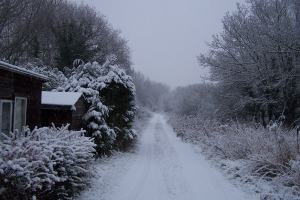Observations

January – February 2018
This was a very quiet winter period from a birding point of view. There were few notable wildfowl counts, with flocks of 32 Greylag Geese and eight Egyptian Geese amongst the less usual. 18 Wigeon were seen in January, and three Goosanders flew over.
Eight Water Rails found at the beginning of February just tantalised, as this species is so woefully under-recorded with there being so many suitable spots around the site that are not really possible to cover. How many must there really be here in winter?
Lapwings reached a total of 220, loafing on No. 1 Lagoon, and nine Jack Snipe were found during drag-netting in the meadows. These are also species which are often inadequately represented by our standard wildfowl counting techniques.
Evening counts of gulls going to roost during January found Yellow-legged Gulls on four dates, including a site record count of four.
A count of five Red Kites seen soaring simultaneously was a new site record. Together with another 16 records this species is now rapidly becoming our most commonly observed raptor. The usual Buzzards, Sparrowhawks, Kestrels and Peregrines were also frequently observed.s.
Small birds were not very obvious in the damp and often windy conditions but up to eight Goldcrests and Chiffchaffs were seen on some days with a ‘tristis’ type Chiffchaff also recorded. Rye Meads rarities included a Coal Tit, a Mistle Thrush and a flush of Treecreepers on five dates with two being present on one occasion. There were probably still four Stonechats wintering in the Meadows although the full complement was only located on two dates. A Water Pipit was present for almost a fortnight in the middle of the period, and another record at the end of February may have been a different bird.
There were very few finches aside from up to 60 Chaffinches, feeding mainly along the southern edge of the concrete sludge beds, and up to 30 Goldfinches remaining in the area. Otherwise there were just the odd few of the normal wintering species.
At the end of February, the “Beast from the East” arrived – we will see what effect this has had on our resident birds in our next report.
